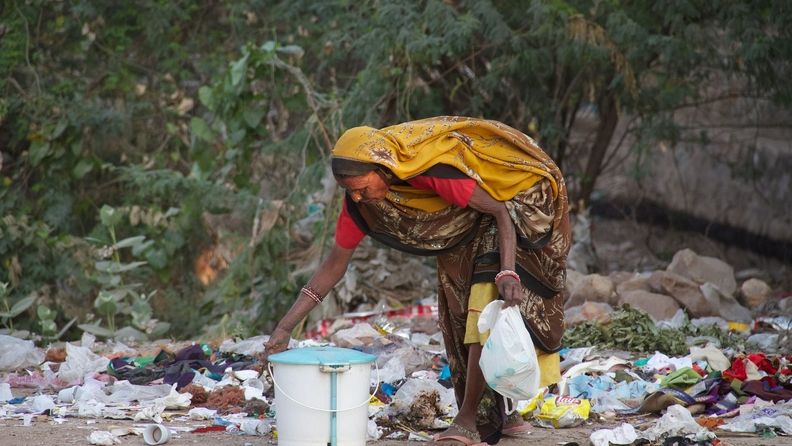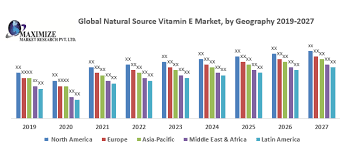India is now the world’s largest plastic waste emitter, a new study published in nature suggests.
Scientists from the University of Leeds in the United Kingdom have developed a global macroplastic pollution emissions inventory by combining conceptual modelling of emission mechanisms with measurable activity data.
The study ranks the world’s largest plastic waste emitters, where emissions are defined as materials that have moved from the managed or mismanaged system to the unmanaged system, i.e. the environment.
The team estimates that 52.1 million tonnes (Mt) of plastic waste was released into the environment in 2020 alone. This accounts for 21% of the 251.7 Mt of plastic waste generated worldwide.
India emerges as largest polluter
The study found that India, with a population of over 1.4 billion people, is the largest global emitter of plastic waste, contributing 9.3 Mt of emissions—nearly one-fifth of global plastic pollution.
The results put India above China, which previous reports had considered the highest emitter. The report suggests that official waste generation rates in India are likely underestimated, given that rural areas and informal recycling practices are not accounted for in official statistics.
In contrast, China’s plastic emissions are significantly lower at 2.8 Mt, placing the country fourth globally, behind Nigeria (3.5 Mt), and Indonesia (3.4 Mt). The scientists attribute the lower numbers from China to improvements in waste incineration and landfill management, reducing the overall plastic waste emissions compared to previous years.
Regional disparities
Plastic pollution is highest in Southern Asia, Sub-Saharan Africa, and South-eastern Asia. Southern Asia, led by India, contributed 15.1 Mt, while Sub-Saharan Africa emitted 13.3 Mt, with Nigeria accounting for a quarter of the region’s emissions.
In contrast, high-income countries like those in North America and Europe, although generating more plastic waste per capita, do not rank amongst the top polluters due to nearly 100% waste collection and controlled disposal practices, the report says.
Absolute vs per-capita emissions
The data also underscores a stark contrast between absolute and per-capita emissions. While China and India are amongst the highest emitters on an absolute basis, their per-capita emissions are relatively low. For example, China ranks 153rd globally, with 1.97 kg of plastic emissions per person annually, while India ranks 127th at 6.64 kg per person. Conversely, countries like Russia, which ranks fifth in absolute emissions, show much higher emissions on a per-capita basis (11.71 kg per person per year).
Sub-Saharan Africa poised to become major polluter
With a rapidly growing population and insufficient waste management infrastructure, Sub-Saharan Africa is projected to become the world’s largest plastic polluter in the coming decades, the study predicts. Currently, the region has a per-capita plastic emission rate of 12.01 kg per year, which is significantly higher than in many other regions. The anticipated population boom could exacerbate this issue, driving the region to surpass current global leaders in plastic pollution unless immediate actions are taken to improve waste management systems.
Global Plastics Treaty
The scientists hope their work can inform the Global Plastics Treaty with the last round of discussion coming up at the end of November.
“Minimising plastic pollution at source by preventing the emission event in the first place must be a priority of the Plastics Treatyand our insight indicates that tackling uncollected waste would have a bigger impact than mitigating all other land-based macroplastic sources combined,” the authors said.
They added that future discussions should focus on the issue of open uncontrolled fires, given the report’s evidence that more plastic waste is burned than is emitted as debris worldwide.
“An unintended consequence of interventions to mitigate the release of debris could result in an increase in emissions from open burning and vice versa. Therefore, we propose that the inclusion of this phenomenon is a critical component of the forthcoming negotiations: clearly, choosing between two main forms of plastic pollution should not be an option,” the scientists concluded.
Source: sustainableplastics.com






